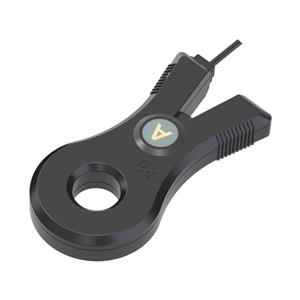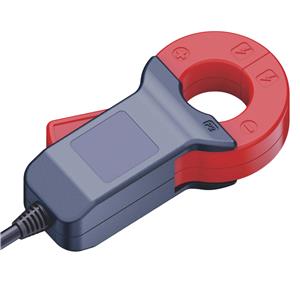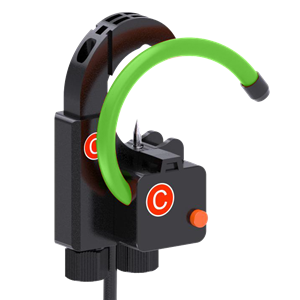Exploring the Diversity of Transformers: A Technical Overview
Transformers have revolutionized the field of power electronics, transforming the way we transmit and utilize electrical energy. This versatile technology finds application in various sectors, from power distribution to telecommunications. Let's delve into the different types that shape our modern infrastructure:

1. Step-up/Step-down Transformers: These core transformers are fundamental, converting alternating current (AC) voltage between higher and lower levels. Step-up transformers increase voltage, while step-down transformers decrease it, ensuring efficient transmission over long distances.
2. Isolation Transformers: Used to isolate circuits, these transformers prevent ground loops and protect sensitive equipment by providing galvanic separation.
3. autotransformers: In these transformers, a single winding serves both primary and secondary functions, offering compact designs and high efficiency in some specialized applications.
4. Distribution Transformers: Primary in power grids, they serve as the backbone, converting high-voltage transmission to the low-voltage needed for residential and commercial use.
5. Toroidal Transformers: Offering compact size and reduced magnetic interference, toroidal transformers are popular in audio amplifiers and other precision equipment.
6. Inductors vs. Choke Transformers: Inductors store energy magnetically, while choke transformers limit high-frequency currents, typically in electronic filters.
7. Flyback Transformers: Common in power supplies, they convert AC to DC while regulating voltage output.
SEO Keywords: Transformers, types, step-up/down, isolation, autotransformer, distribution, toroidal, inductors, choke, flyback transformers.




